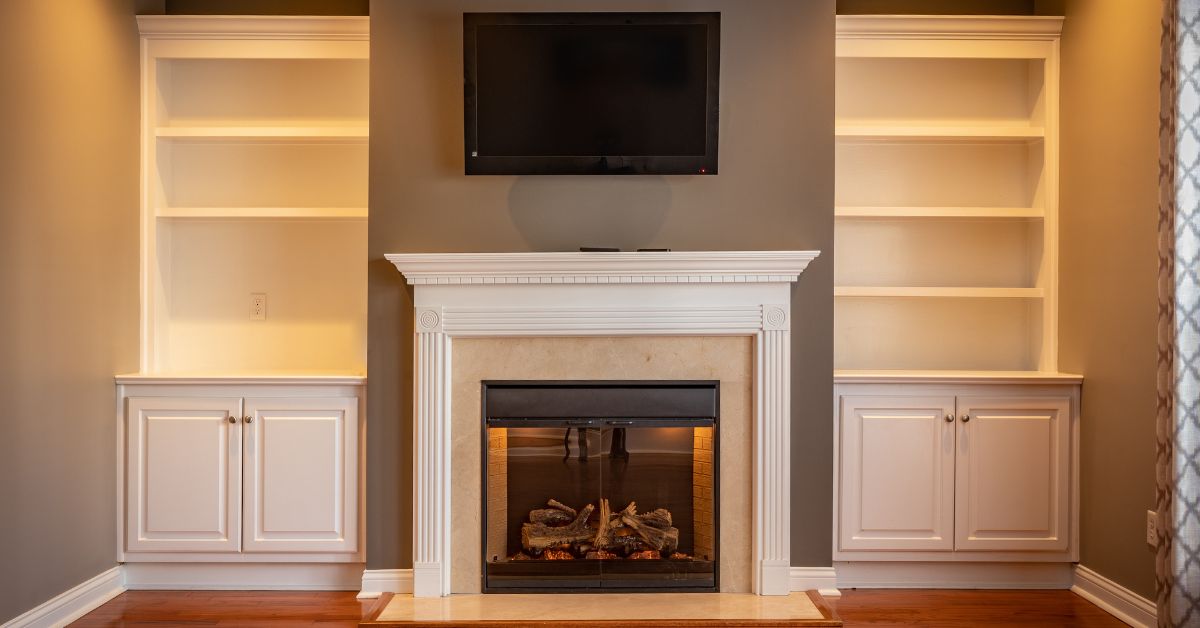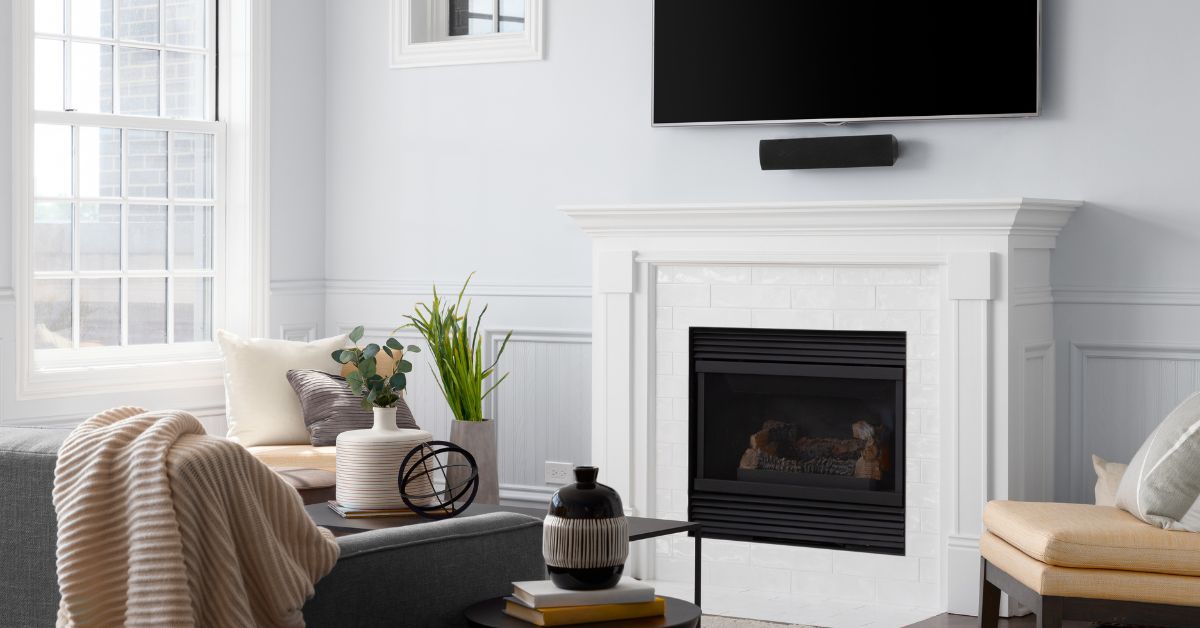
Fireplace Safety Essentials: A Must-Read Guide for Families
Fireplaces bring warmth and coziness to any home, especially during the colder months. However, without proper safety measures, they can pose serious safety hazards. This blog is a must-read guide for families on fireplace safety essentials to ensure a safe and enjoyable experience. By the end of this guide, you'll have a comprehensive understanding of the necessary precautions to take and how to maintain a secure environment around your fireplace.
Understanding Fireplace Types
There are three main types: wood-burning, gas, and electric. Each type has its own set of safety considerations.
Wood-burning fireplaces are traditional and offer a classic ambiance but require regular maintenance to prevent creosote buildup, which can lead to chimney fires. Gas fireplaces, on the other hand, are convenient and low maintenance but come with risks related to gas leaks and carbon monoxide. Electric fireplaces are the safest option, as they do not involve real flames or combustible materials.
Regardless of the type, all fireplaces need to be used responsibly to ensure the safety of your home and family members.
Regular Maintenance is Key
One of the most critical aspects of fireplace safety is regular maintenance. For wood-burning fireplaces, this includes annual chimney inspections and cleanings to remove creosote buildup. Creosote is a highly flammable substance that accumulates in the chimney over time and can cause dangerous fires if not removed.
Gas fireplaces require inspections to check for leaks and ensure the pilot light is functioning correctly. The glass doors must also be cleaned regularly to prevent soot buildup. Electric fireplaces, while low maintenance, still need periodic checks to ensure that the electrical components are in good condition.
Proper maintenance enhances safety and ensures the fireplace operates efficiently, providing maximum warmth and comfort.
Safe Operation Practices
Operating a fireplace safely involves following specific practices to minimize risks. For wood-burning fireplaces, always use dry, seasoned wood to reduce the amount of creosote produced. Avoid burning paper, trash, or other materials that can release harmful chemicals or cause flare-ups.
For gas fireplaces, always follow the manufacturer's instructions for lighting and extinguishing the fire. Use a fireplace screen to prevent sparks from escaping and keep flammable objects at a safe distance.
Electric fireplaces should be plugged directly into a wall outlet rather than an extension cord. Additionally, ensure that the fireplace is placed on a stable surface to avoid tipping over.
By adhering to these safe operation practices, you can significantly reduce the risk of accidents and enjoy your fireplace with peace of mind.

Importance of Smoke and Carbon Monoxide Detectors
Smoke and carbon monoxide detectors are essential safety devices for any home with a fireplace. Smoke detectors alert you to the presence of smoke, indicating a potential fire, while carbon monoxide detectors warn you of dangerous levels of this odorless, colorless gas.
Install smoke detectors on every level of your home, particularly near sleeping areas and the kitchen. Test them monthly and replace the batteries at least once a year. For carbon monoxide detectors, place them near bedrooms and on each floor of your home. These detectors can be lifesavers, providing early warnings and allowing you to act before a situation becomes critical.
Regularly checking and maintaining these detectors will ensure they function correctly when needed.
Proper Ash Disposal
Disposing ashes from a wood-burning fireplace requires careful attention to prevent accidental fires. Always wait 24 hours after the last fire before handling the ashes. Use a metal shovel to transfer the ashes into a metal container with a tight-fitting lid.
Never dispose of ashes in a plastic bag, cardboard box, or combustible container. Store the metal container outside, away from your home and any flammable materials. Ashes can retain heat for several days, so ensuring they are completely cool before disposal is crucial.
Following these ash disposal guidelines can prevent accidental fires and maintain a safe environment around your fireplace.
Safeguarding Against Carbon Monoxide
Carbon monoxide (CO) poisoning is a significant risk associated with fireplaces, particularly gas and wood-burning types. CO is a colorless, odorless gas that can be deadly if inhaled in large quantities. To safeguard against CO poisoning, ensure your fireplace is well-ventilated and the chimney is clear of obstructions.
Never leave a fire unattended, and always extinguish it completely before going to bed or leaving the house. If you have a gas fireplace, schedule regular inspections to check for gas leaks and ensure the pilot light is functioning correctly.
Installing carbon monoxide detectors in your home provides an additional layer of protection, alerting you to the presence of this dangerous gas.
Child and Pet Safety
Fireplaces can be particularly hazardous for children and pets. To keep them safe, install a sturdy fireplace screen or gate to create a physical barrier between them and the fire. Educate your children about the dangers of fire and establish clear rules, such as never touching the fireplace or playing near it.
Ensure pets have a designated area away from the fireplace to rest and play safely. Never leave children or pets unattended in a room with an active fire.
By taking these precautions, you can create a secure environment for your entire family to enjoy the warmth and ambiance of your fireplace.

Emergency Preparedness
Despite taking all necessary precautions, being prepared for emergencies is essential. Keep a fire extinguisher readily accessible near your fireplace and ensure all family members know how to use it. In the event of a fire, having a well-rehearsed emergency plan can make a significant difference.
Regularly practice fire drills with your family, ensuring everyone knows the quickest and safest way to exit the house. Establish a designated meeting spot outside where everyone can gather and account for each other.
By being prepared, you can respond quickly and effectively to emergencies, minimizing potential harm.
Choosing the Right Fireplace Tools
Having the right tools for your fireplace can significantly improve safety. Essential tools include a sturdy poker for adjusting logs, tongs for safely handling burning wood, and a brush and shovel for cleaning out ashes.
Invest in high-quality tools designed to withstand high temperatures and provide a comfortable grip. Properly store these tools when not in use to prevent accidents.
With the right tools at your disposal, you can safely manage your fireplace and ensure it remains in good condition.
Fireplace Safety Accessories
Investing in safety accessories can provide additional protection for your home. Consider installing a fireplace door to contain sparks and reduce the risk of accidental fires. A hearth rug made of fire-resistant materials can protect your floor from stray embers.
Heat-resistant gloves are essential for handling hot tools and logs, providing added hand protection. Additionally, consider using a chimney cap to prevent debris, animals, and rain from entering your chimney.
These accessories can significantly enhance the safety of your fireplace and provide peace of mind.
For fireplace tools and accessories, check out Fireside Hearth and Stove. As a premier stove and fireplace store in AR, we have the tools and accessories you need to prioritize safety at home.
Fireplace safety is crucial for protecting your home and family. Now that you know fireplace safety essentials thanks to this must-read guide for families, you can fully enjoy the benefits of your fireplace with confidence.

